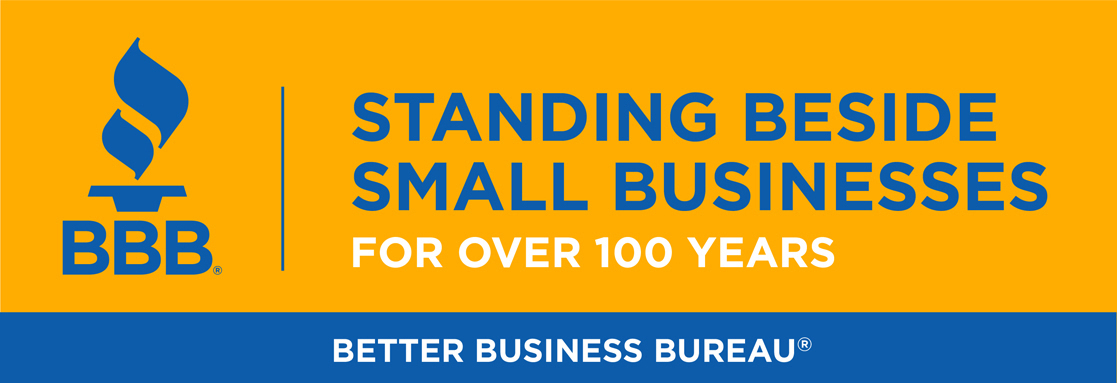As a new school year kicks into gear, be on the lookout for scam streaming links when you’re watching a high school sports event online.
While many pandemic-era adjustments to high school athletic events have vanished, live streaming has stuck around. Live streams can be a great way for fans to join in on the fun, even if they can’t attend every game.
Unfortunately, scammers have also stuck around. One common scam is to post links to fake streams on social media in an attempt to capture personal information or money as fans log in to watch their team play.
The scam posts often tag the schools involved in the event to make the post appear legitimate. Scammers hope the would-be viewer inputs personal information, like credit card and Social Security numbers, and pays to watch the event. Unfortuantely for the viewer, the stream usually doesn’t exist.
Consumers from several states told BBB that they lost small amounts of money last school year while trying to stream athletic events.
Matt Troha, an Assistant Executive Director with the Illinois High School Association, told BBB that fans need to check the source of any streaming links carefully, especially on social media.
“On X [formerly known as Twitter] especially, take notice of account names and photos, which often seem to be random, and look at their follower and following numbers,” Troha said. “Low follower counts indicate the account likely was just started. Look at the content of their posts, as most are nothing but posts to stream games.”
If you want to watch your team’s game online, check directly with the school to see if it has streaming options available. This is the best way to get a safe link to a real live stream.
BBB offers these tips on how to stay safe online:
• Research websites before paying any money or entering any information. Check the company’s BBB Business Profile at BBB.org or by calling 888-996-3887.
• Pay by credit card whenever possible in case you need to challenge the payment.
• Check a site’s security settings. If the site is secure, its URL (web address) should start with “https://.” You also may see a picture of a small closed lock in the lower right-hand corner of the screen.
• Be cautious before clicking links included in social media posts or unsolicited text messages or emails. Clicking on unfamiliar links can place you at risk for malware or identity theft.




Facebook Comments